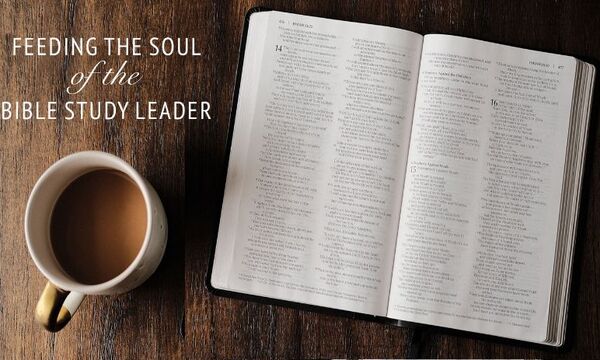As we saw in the previous two posts (Part One and Part Two) in this series, the long defeat was an important theme for Tolkien that continued even after the defeat of Sauron. As is well-known, Tolkien did not intend his fiction to be an allegory; unlike C. S. Lewis’ Chronicles of Narnia, The Lord of the Rings was not designed to correlate to the Christ event. Given the lack of attention to a central act of atonement in the book, it is not surprising that Tolkien continued the theme of the long defeat even after the defeat of Sauron.
As Aragorn and friends debated about what to do next after the victory at Minith Tirath near the end of The Lord of the Rings, Gandalf reminded them of the theme of the long defeat. “Other evils there are that may come, for Sauron is himself but a servant or emissary. Yet it is not our part to master all the tides of the world, but to do what is in us for the succour of those wherein we are set, uprooting the evil in the fields that we know, so that those who live after may have clean earth to till. What weather they shall have is not ours to rule.”
Even though it was cut out of the recent movie version of The Return of the King, the Scouring of the Shire, in which the hobbits must fight to restore the Shire to order, plays an important role by showing how even after Sauron’s fall oppressive forces still act unjustly. In a letter to Milton Waldman describing his vision of Middle Earth, Tolkien describes the end of the book this way: “Finally and cogently, it is the function of the longish coda to show the cost of victory (as always), and to show that no victory, even on a world-shaking scale, is final. The war will go on, taking other modes.” (page 748 of Hammond and Scull’s The Lord of the Rings: A Reader’s Companion). Even in victory, the reader feels a tinge of sadness: the Shire must be saved, the elves are leaving Middle-Earth, Frodo remains sick.
Even more interesting is a sequel to The Lord of the Rings that Tolkien began working on called The New Shadow. Though it is unfinished, it has been published in The Peoples of Middle-Earth. The story is about the adventures of Borlas, the son of Beregond. Though his character was cut from the recent movie version of The Return of the King, in the book Beregond played an important role in protecting Faramir from the madness of his father Denethor. The following is a description of the book from one of Tolkien’s letters, which shows the theme of the long defeat even in the centuries after the defeat of Sauron. Sadly, in many ways church history reflects similar themes: even after the death and resurrection of Jesus, the people of God continue to fight the long defeat.
I did begin a story placed about 100 years after the Downfall [of Mordor], but it proved both sinister and depressing. Since we are dealing with Men it is inevitable that we should be concerned with the most regrettable feature of their nature: their quick satiety with good. So that the people of Gondor in times of peace, justice and prosperity, would become discontented and restless—while the dynasts descended from Aragorn would become just kings and governors-like Denethor or worse. I found that even so early there was an outcrop of revolutionary plots, about a centre of secret Satanic religion; while Gondorian boys were playing at being orcs and going round doing damage. I could have written a ‘thriller’ about the plot and its discovery and overthrow—but it would be just that. Not worth doing. (Letter 256; letter 338 contains similar ideas about the sequel, referring to the “inevitable boredom of Men with the good”)
 Biola University
Biola University
.jpg)
.jpg)

